September 4, 2024
The monsoon plume ebbs back into Mexico and the yard relaxes beneath angled light and dry zephyrs. Shadows venture out from their summer hiding places, testing a fresh green landscape. It’ a color that shocks the retinas. Especially when you’ve been away for most of August—even to a place like North Dakota. Or Alaska. Imagine the sturdy hills of New Zealand.
Two months and 11.32 inches of rain will do that. Transform the Mule Mountains into Middle Earth.
This morning, I feel an urgency among the birds. The migrating warblers chase insects and each other in blurred yellow streaks—Wilson’s orange-crowns, Nashvilles. The vireos sing from the oaks, one plumbeous setting off another and then the Cassin’s until the whole canyon is warbling with burry wheeu whee-yous like cat-calls.
Sixty species so far this month. The trees are moving.
The hummingbirds also feel the change. Dozens crowd the feeders, vibrating the air with sound and wing as the young migrants jostle each other for an open port to refuel before making the long flight to Mexico and Central America. Currently, rufous hummingbirds far outnumber the others, mostly broadbills and blackchins, Anna’s and Calliope and even the rare Allen’s. The tiny, plump, tail-pumping Calliope have always been my favorite, fittingly named for the Greek muse of eloquence and poetry.
This past Monday, however, my sister-in-law treated me to a stunning hummingbird I’d never seen before. She texted me as my plane landed in Tucson, saying that a white hummingbird was visiting her feeders and asked if I wanted to see it. She called it “Casper.”
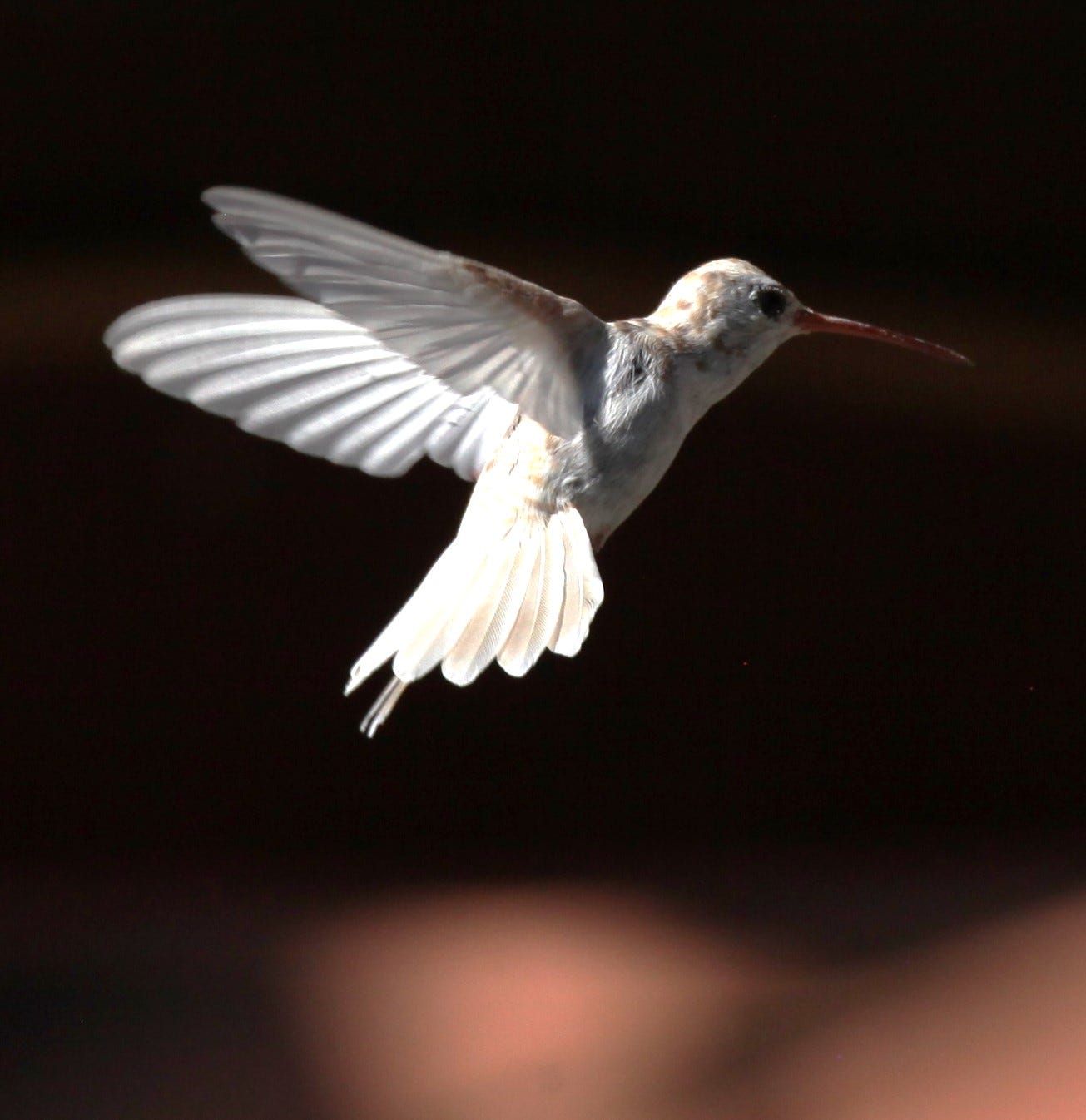
The albino hummingbird is rare, but not one for the life list like the white-eared hummingbird John Schaefer photographed recently in the Chiricahua Mountains as we attempt to chase and photograph all 16 of Arizona’s hummingbirds.
Speaking of my life list, I didn’t reach 500 during our fishing and birding adventure in Alaska. But I did gain a few new birds—like marbled murrelets and black-legged kittiwakes and those darling tufted puffins bobbing in the dark waters of Prince William Sound while we fished for halibut and lingcod.
Want to know more about Alaska? Scroll on...
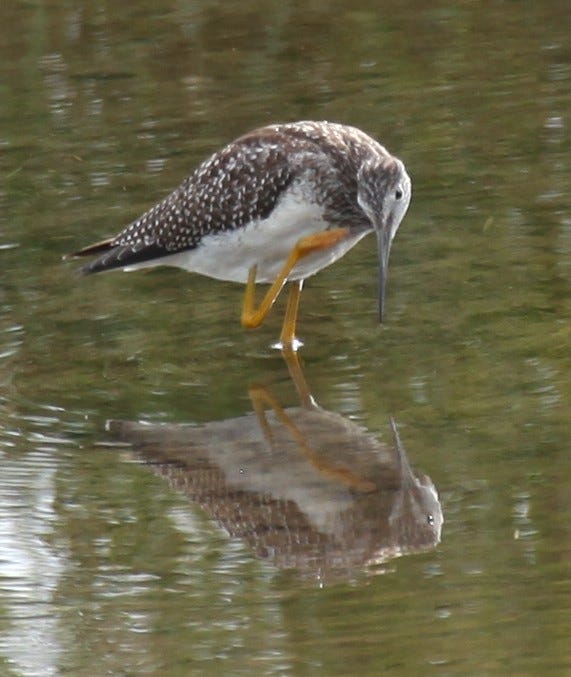
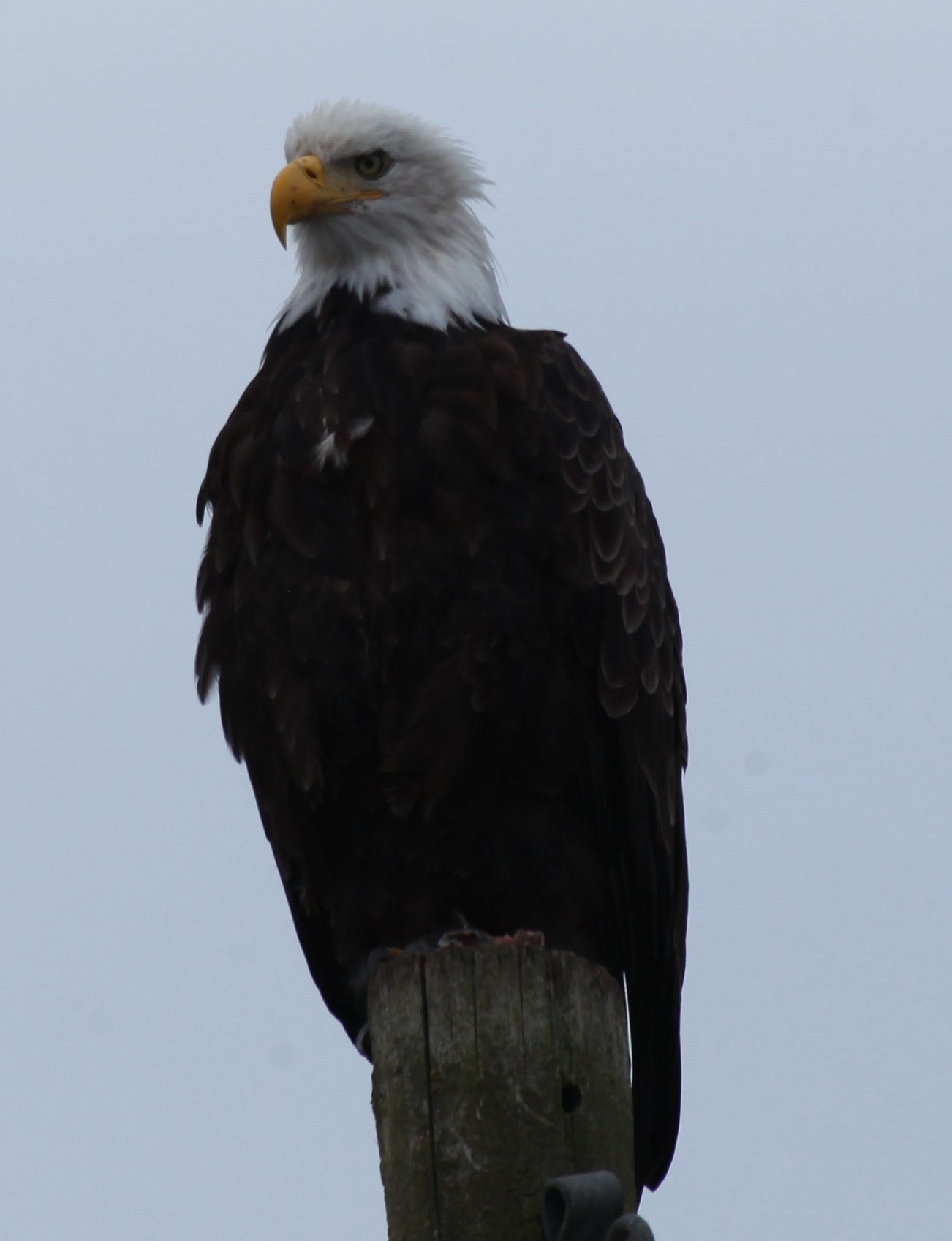
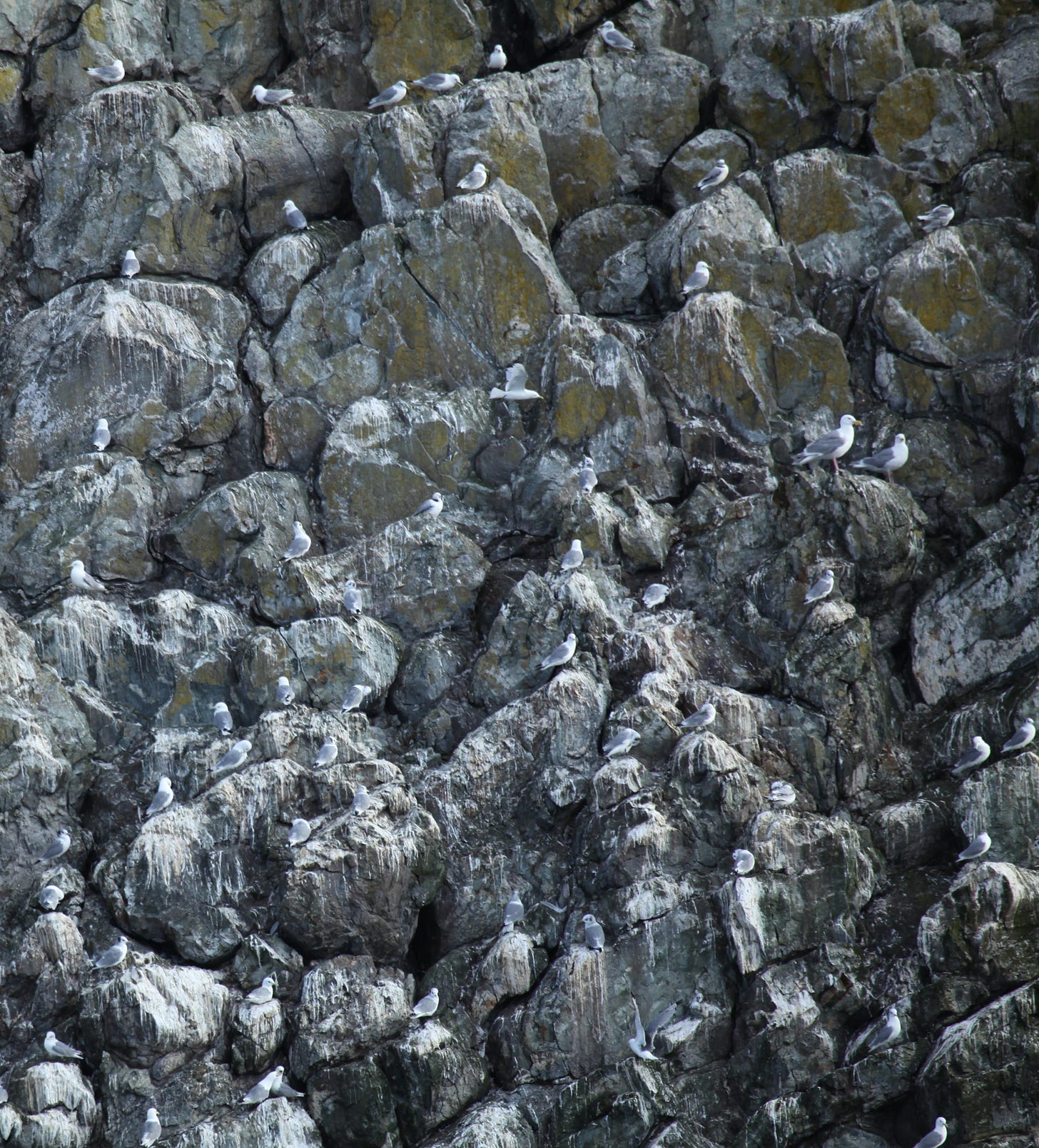
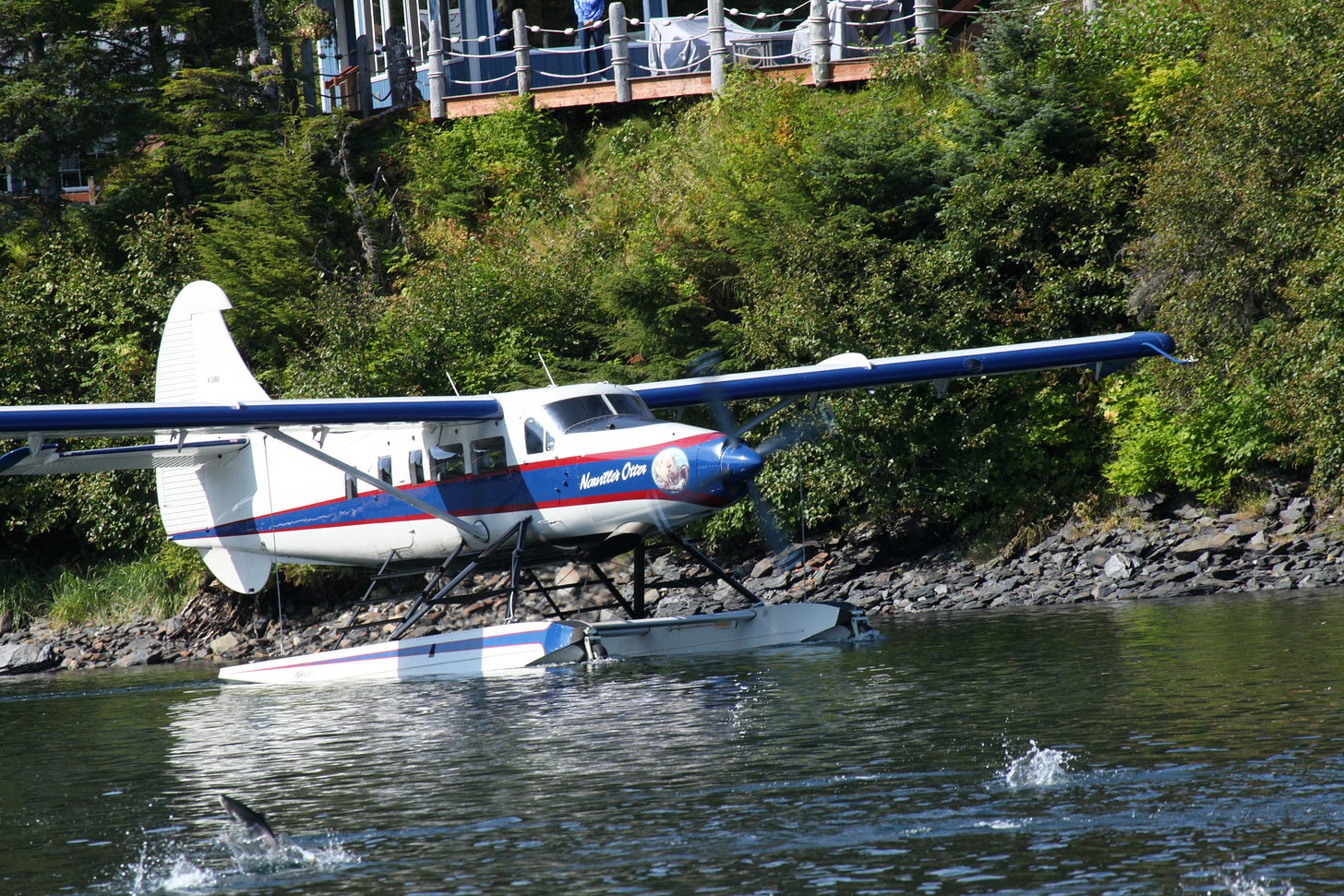


My special thanks to John Schaefer who graciously invited me on a trip of a lifetime. Till next time: Let’s go photograph that plain-capped starthroat!
More to come!
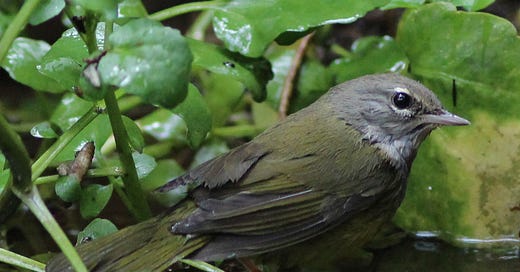



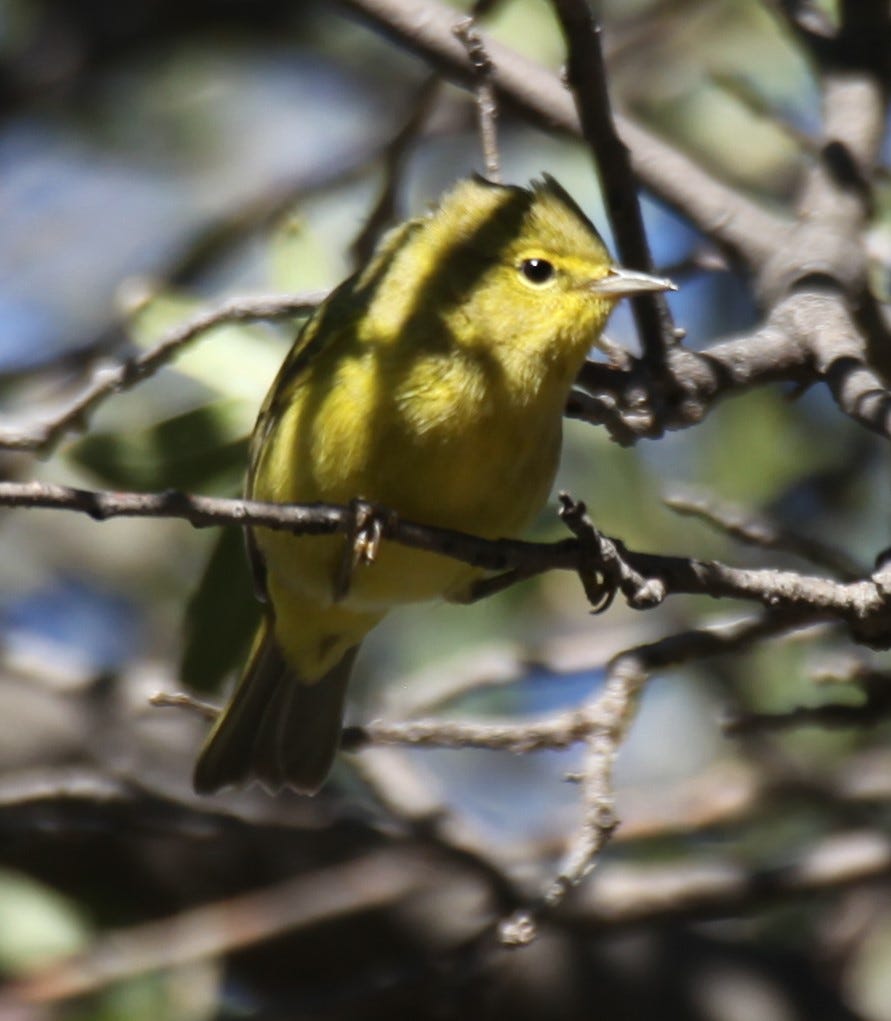
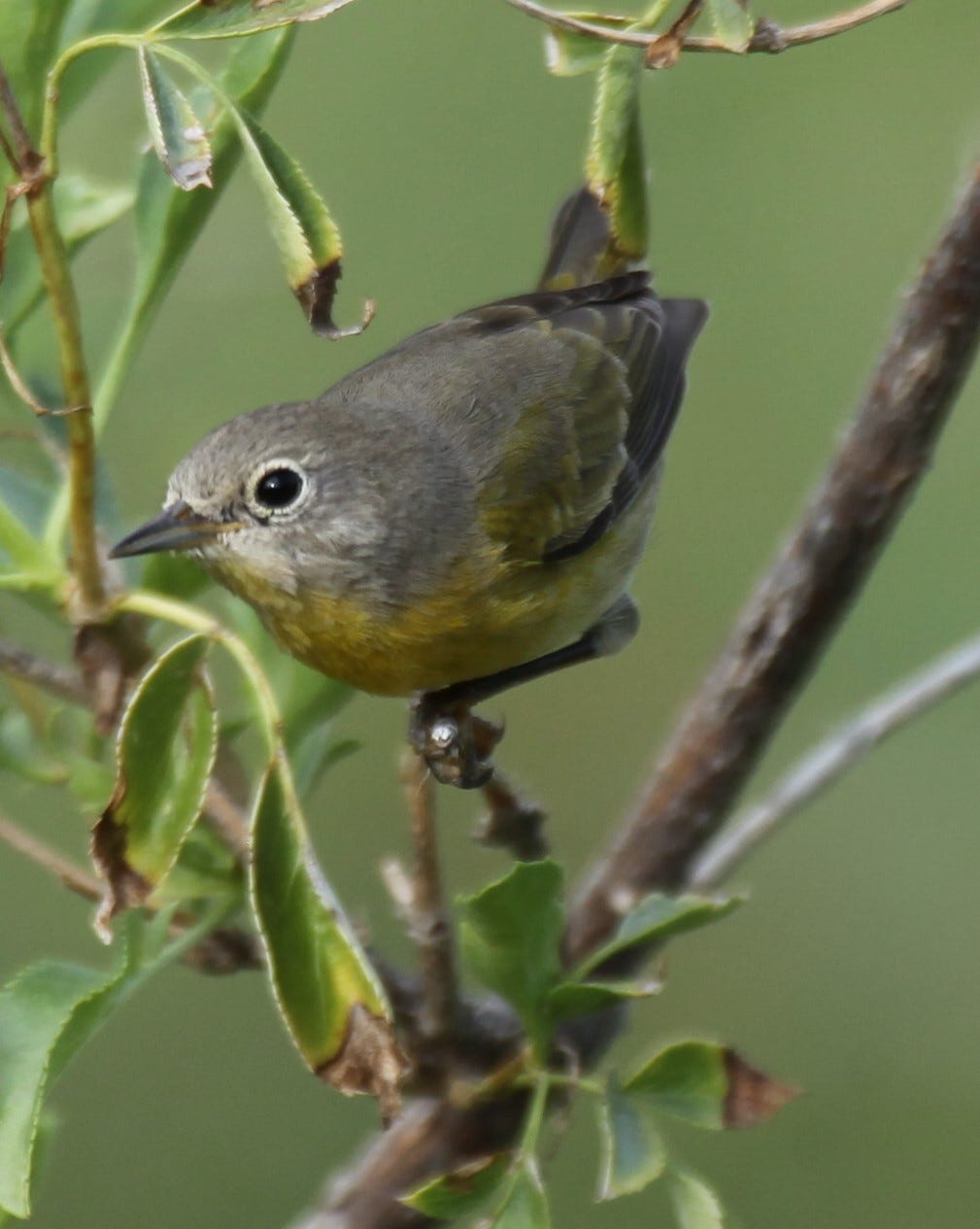
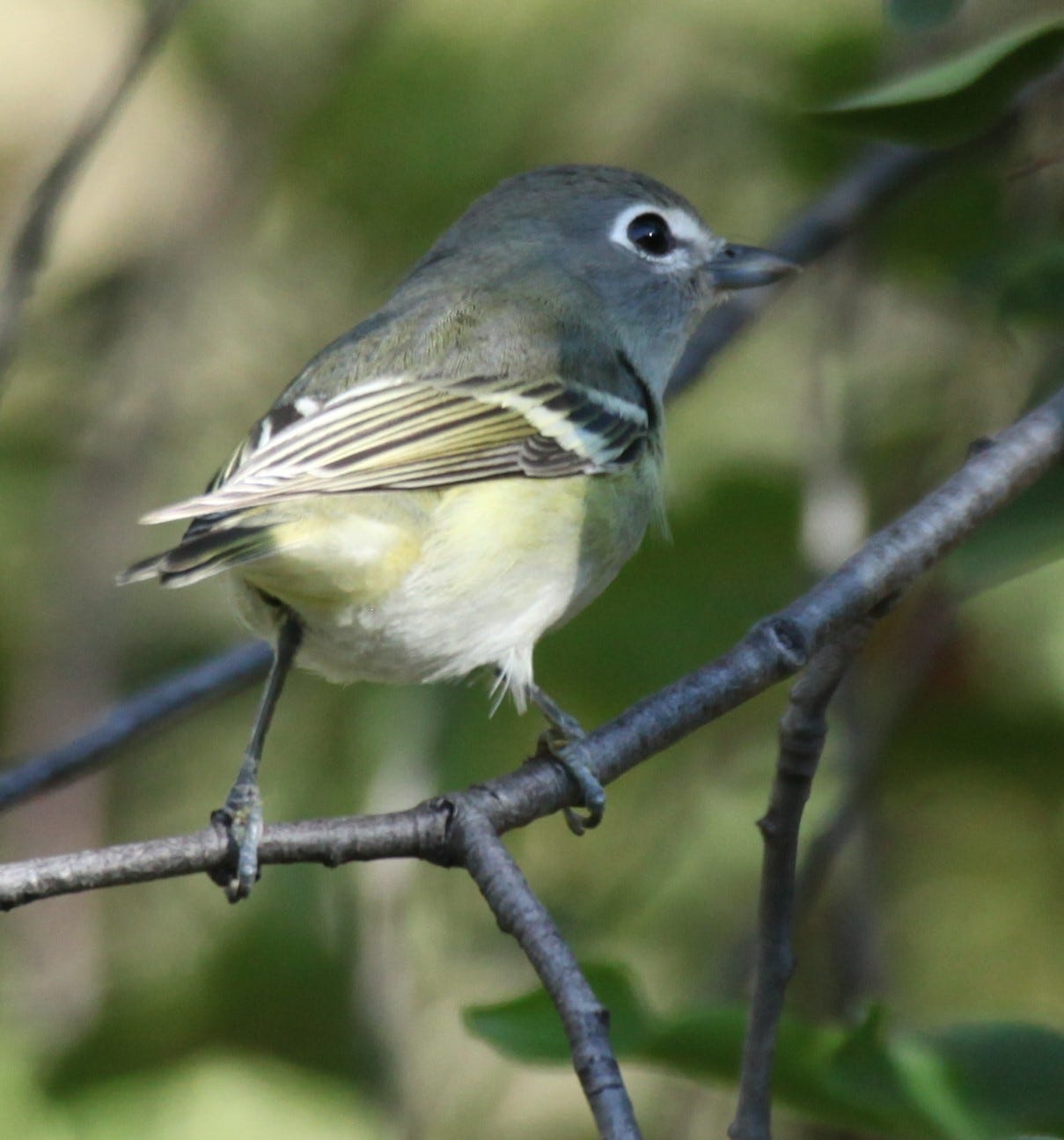
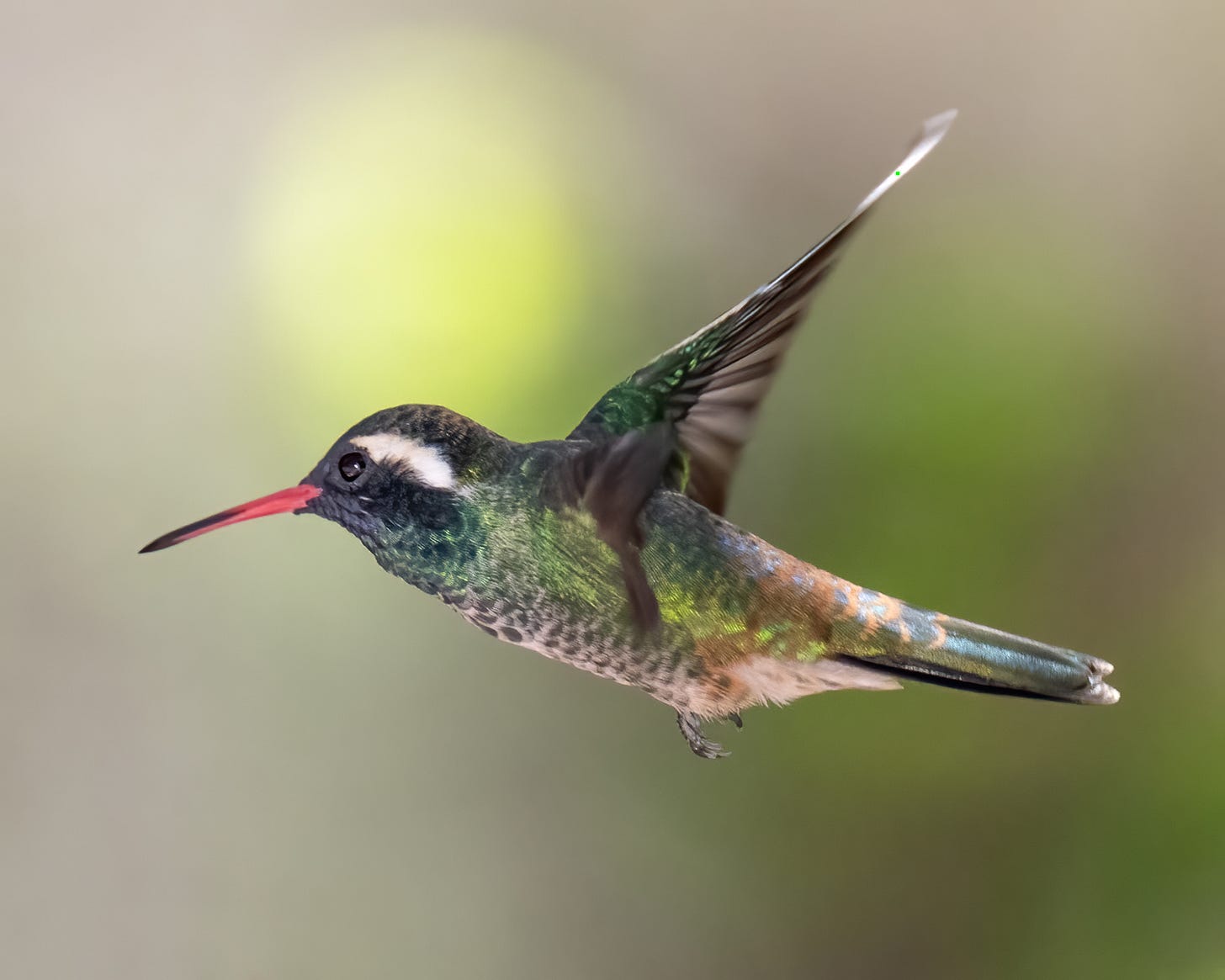
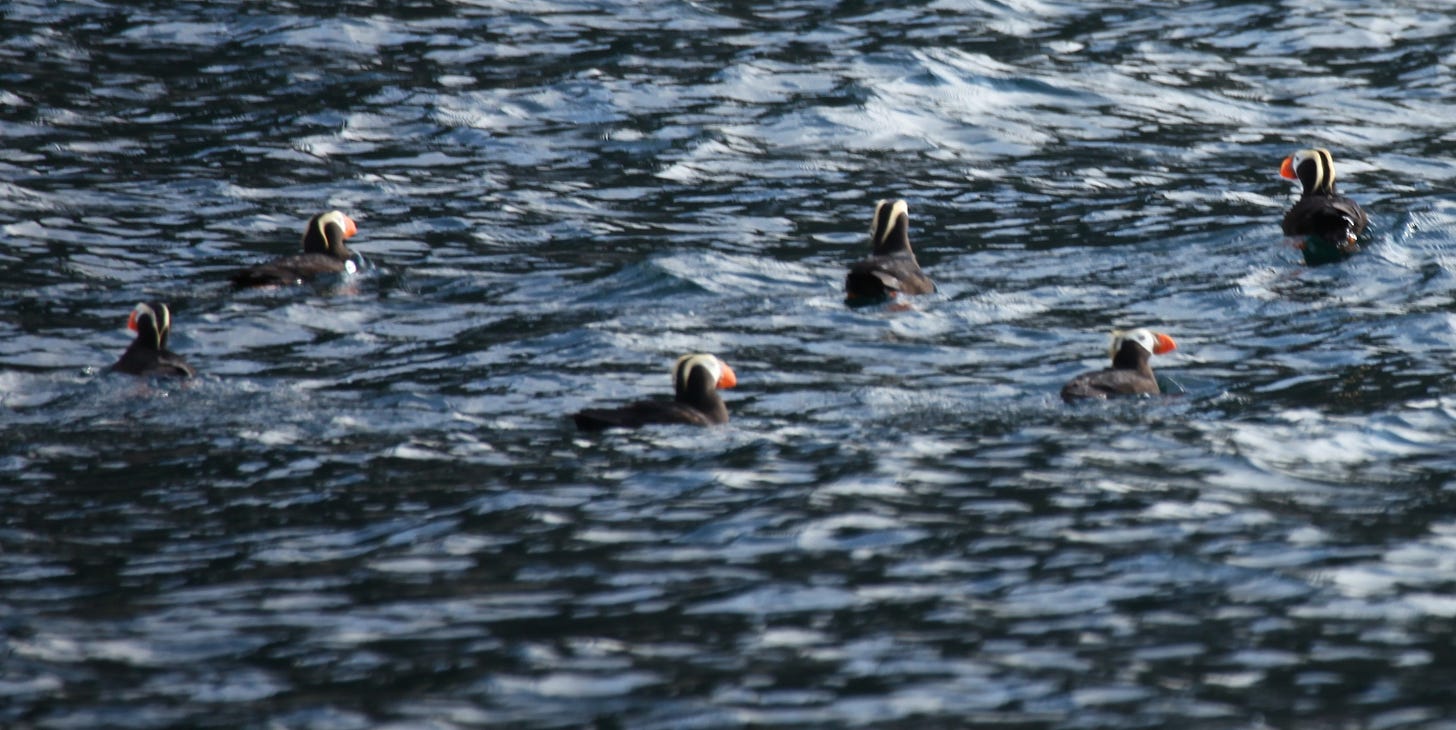
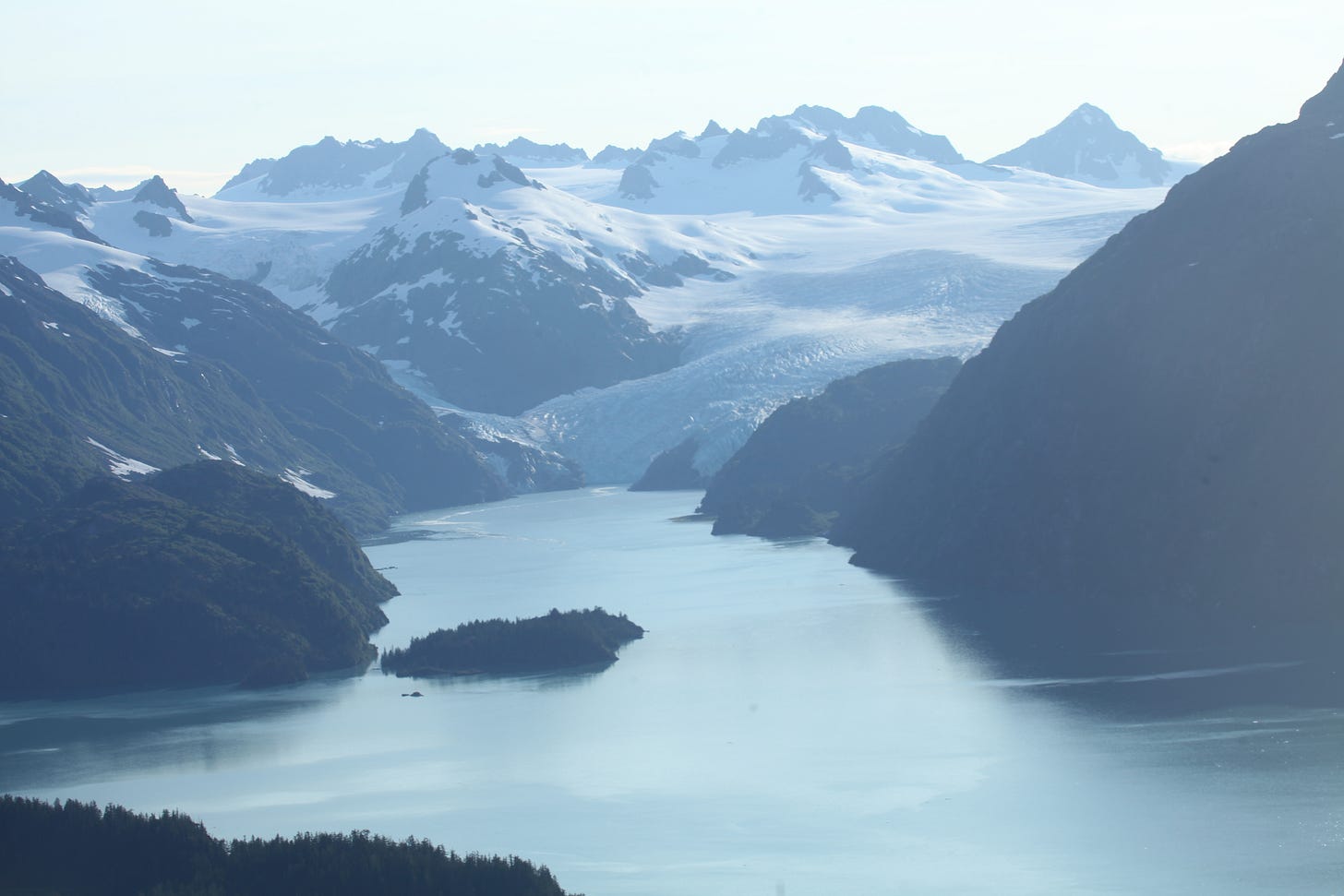
I’m back, I shamefully went right by John’s photo ! To get such a perfect shot of the identifying white ear is incredible, especially taking into account their size and speed. ‘Our’ Ruby Throated Hummingbirds have just left . I think we have unknown visitors passing through from Canada. They were ‘buzzing’ past my ear today while I was picking cherry tomatoes. More interested in the tomatoes than the red Verbena flowers and a filled feeder. I tried to point that out , but they didn’t listen…
Our hikes are way too quiet these last couple of weeks . A bit melancholy that many of our bird species have begun their migration south. The Red -eyed Vireo is still here. The Loons seem to stay the longest, then head to coastal waters of the Pacific. A friend who frequents Cape Cod throughout the year, sends photos of what looks to be 100 plus Loons swimming and diving near the shore.The female Broad-billed though an anomaly , is just amazing. My mom would have said, it is Good Luck.
Hey, check your July 31st post . I left you a recipe you might like.